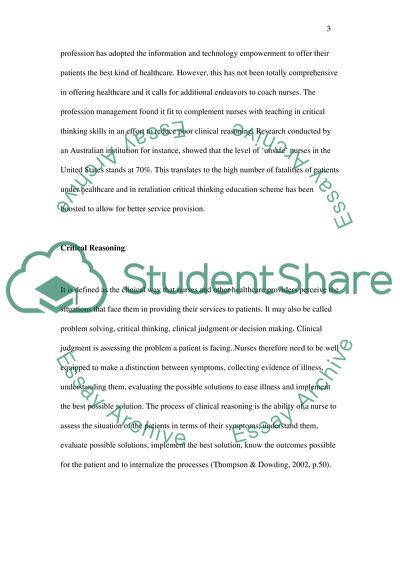Cite this document
(“Nursing Decision Making Essay Example | Topics and Well Written Essays - 1750 words”, n.d.)
Retrieved from https://studentshare.org/nursing/1473328-you-are-to-write-a
Retrieved from https://studentshare.org/nursing/1473328-you-are-to-write-a
(Nursing Decision Making Essay Example | Topics and Well Written Essays - 1750 Words)
https://studentshare.org/nursing/1473328-you-are-to-write-a.
https://studentshare.org/nursing/1473328-you-are-to-write-a.
“Nursing Decision Making Essay Example | Topics and Well Written Essays - 1750 Words”, n.d. https://studentshare.org/nursing/1473328-you-are-to-write-a.


